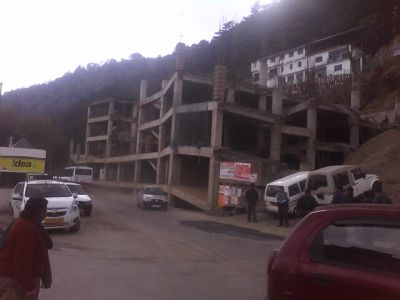
The interim order was passed by the National Green Tribunal.
“We welcome the interim order which recognises that there are substantial environment issues related to diversion of forests,” S.S Negi, president of Paryavaran Sanrakhsan Samiti, a group of villagers affected by the project, said in a statement here.
The tribunal in its Nov 23 order directed the Himachal Pradesh Power Corporation Ltd. (HPPCL), a public sector undertaking executing the project, “not to fell the trees standing over the disputed lands and not to utilise forest land for non-forest activities until further orders”, effectively stalling the 120 MW Kashang run-of-the-river project (stage I and II) in Kinnaur district.
Locals have challenged the project’s forest clearance granted by the ministry of environment and forests.
They said the forest clearance was a violation of the Forest Rights Act, 2006, and that the unregulated diversion of forests for hydropower projects in the entire region in the last 10 years has had serious ecological consequences.
The petition also raised the threat to the native chilgoza pine tree species due to the project construction.
In October 2010, a team of the National Environment Appellate Authority (NEAA), another judicial panel in the country allowed to hear grievances against environmental clearances, visited the Kashang project site and heard the local people’s arguments against the project.
Besides Kashang, the HPPCL’s other ongoing projects include the 100 MW Sainj in Kullu district, Sawra-Kuddu hydroelectric project (111 MW) in Shimla district, and Shongtong-Karchham project (402 MW) in Kinnaur.
The upcoming projects in Himachal Pradesh — in private and public sectors — will not only damage natural resources and affect livelihoods but also use up a considerable chunk of forest and agricultural land, argue locals and green activists.
–IANS
The opinions, beliefs and viewpoints expressed by authors, news service providers on this page do not necessarily reflect the opinions, beliefs and viewpoints of Hill Post. Any views or opinions are not intended to malign any religion, ethnic group, club, organization, company, or individual.
Hill Post makes no representations as to the accuracy or completeness of any information on this site page.



